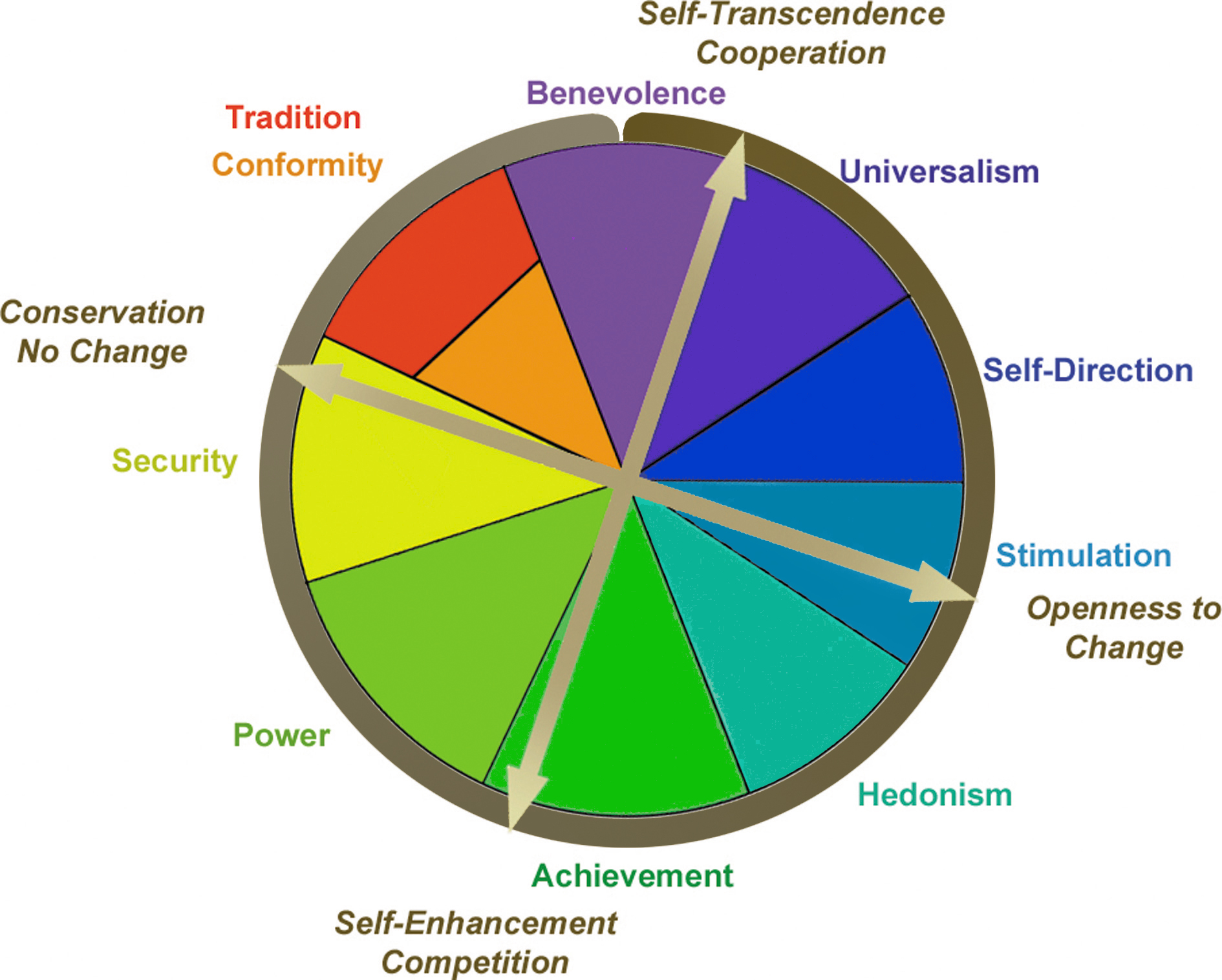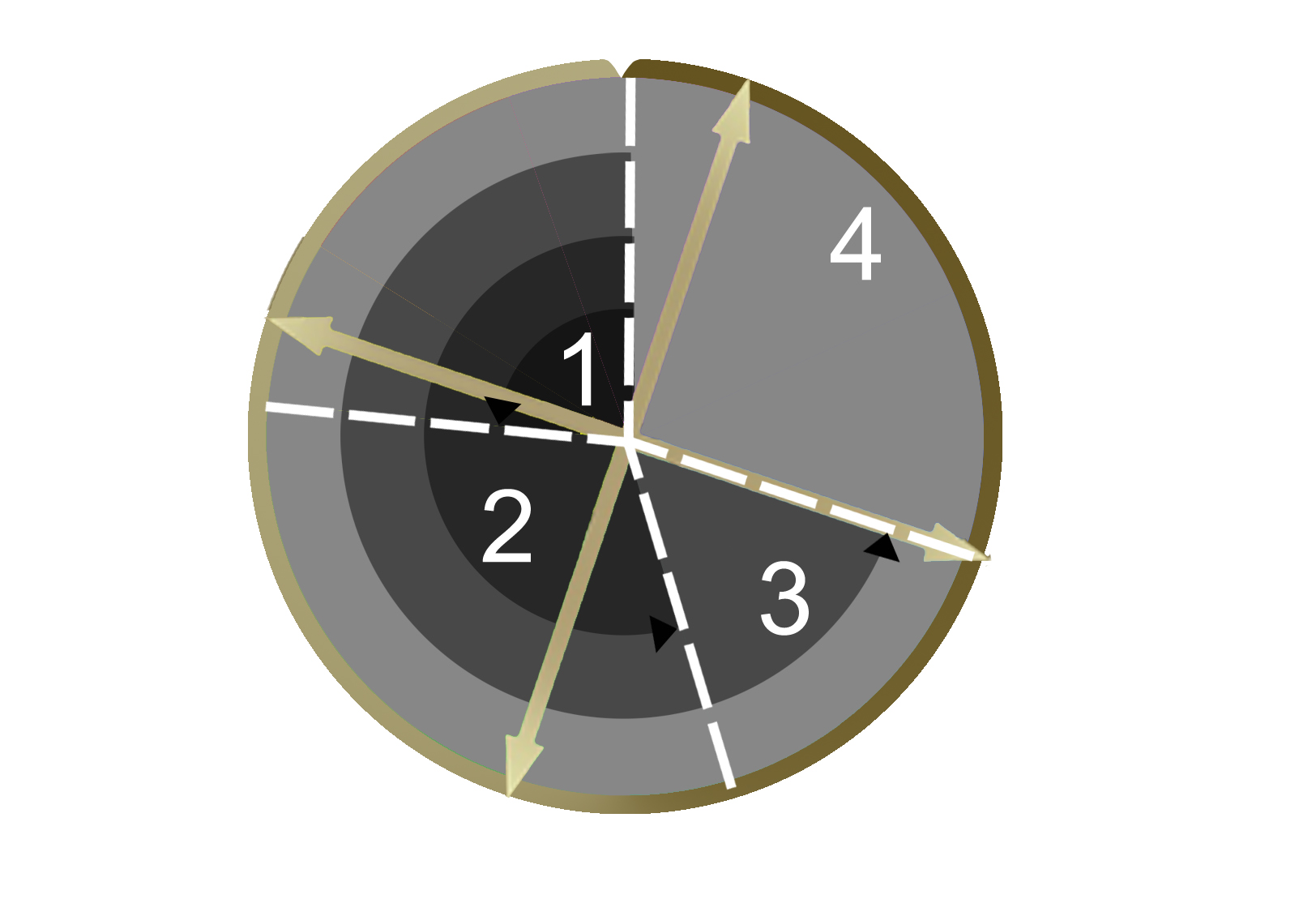
DNA rests squarely on the foundations of Schwartz's (1992) system of values: the world's most systematic, rigorously tested and validated psychological model. It is the standard model used in most academic research into values and used in such social research programmes as the biannual European Social Survey.
There is no shortage of psychometrics in use by organizations but, rather alarmingly, few have any substantial foundation in science. Many popular instruments are still based on Jungian psychology, which was, like the work of Freud, something of a fire-starter 100 years ago, but is now rather outdated. The 'validation' some advertise only certify that they have been shown to measure something, not that they measure something meaningful and useful. When it comes to serious psychological research into personality and motivation there are two dominant strands: traits (things we do and how we are) as measured with reference to the Big Five by instruments such as NEO-PI (or more recently HEXACO); and values (important guiding principles).
It used to be believed that our traits were set in stone and our values were fashioned by experience, but now we know that both are similarly heritable and subject to environmental factors. Recent research published by a team led by DNA's founder Neil Griffiths showed that the conclusion reached by other personality researchers using the Big Five that being raised as an only-child did not make adults more selfish was wrong. Only-children really do tend to be more selfish because they are more likely to give greater importance to the competitive value of power (status and control) and less to the opposing, cooperative value of benevolence than those raised with siblings, .
DNA embraces the Schwartz model, uses Schwartz's PVQ-40 questionnaire, and takes full advantage of the four decades of research conducted into how our values affect, for example, attitudes and behaviour, and also how our values can be changed. However, it goes further by incorporating fundamental insights from physics, evolutionary biology, neuroscience and complexity theory to shed light on personal motivation, thinking, and organizational initiatives such as those relating to transformational leadership.
What we have learned is that the circular structure of the Schwartz system, which plots systematic propensities to change (conservation to openness to) against propensities for how change is used (narrowly-framed competitive gain to widely-framed cooperative gain) is a universal, catch-all motivational construct. All systems, human and otherwise, can be considered in terms of these values, or equivalents thereto. For example, a universal equivalent of the value of tradition is the propensity to resist change and remain stable over time. Consideration of the evolution of 'local systems' from the first atoms (in phase 1, see graphic below) to humanity (phase 4), and its extension into artificial intelligence, reveals that equivalents to Schwartz's values have gradually been internalized in a sequence very similar to that proposed by Maslow's hierarchy of needs. The final phase of internalisation coincided with the emergence of human intelligence, which enabled these equivalents of values to be realised as human values. You can read the theory and the research findings on decision-making biases that substantiate the existence of coincidental hierarchical and circular structures via these links.


This has three important implications.
(1) Not only can leaders, employees, clients and customers be profiled by DNA, but roles, management systems, organizations and even nations - all on a like for like basis - which makes it easier to understand how they are likely to interact.
(2) Because Maslow's concept of eupsychian management (management in accordance with self-actualizing principles) has been hugely influential in developing transformational leadership theory - and, by association, such leadership concepts such as 'agile', 'disruptive' and 'servant' - the link between Schwartz's values and Maslow's hierarchy means DNA can be used to better understand and develop the type of leadership required to meet the demands of the VUCA world.
(3) Because we know how to develop people's values, knowledge of how the hierarchical structure operates can inform better targeted coaching initiatives to encourage greater organizational agility.
